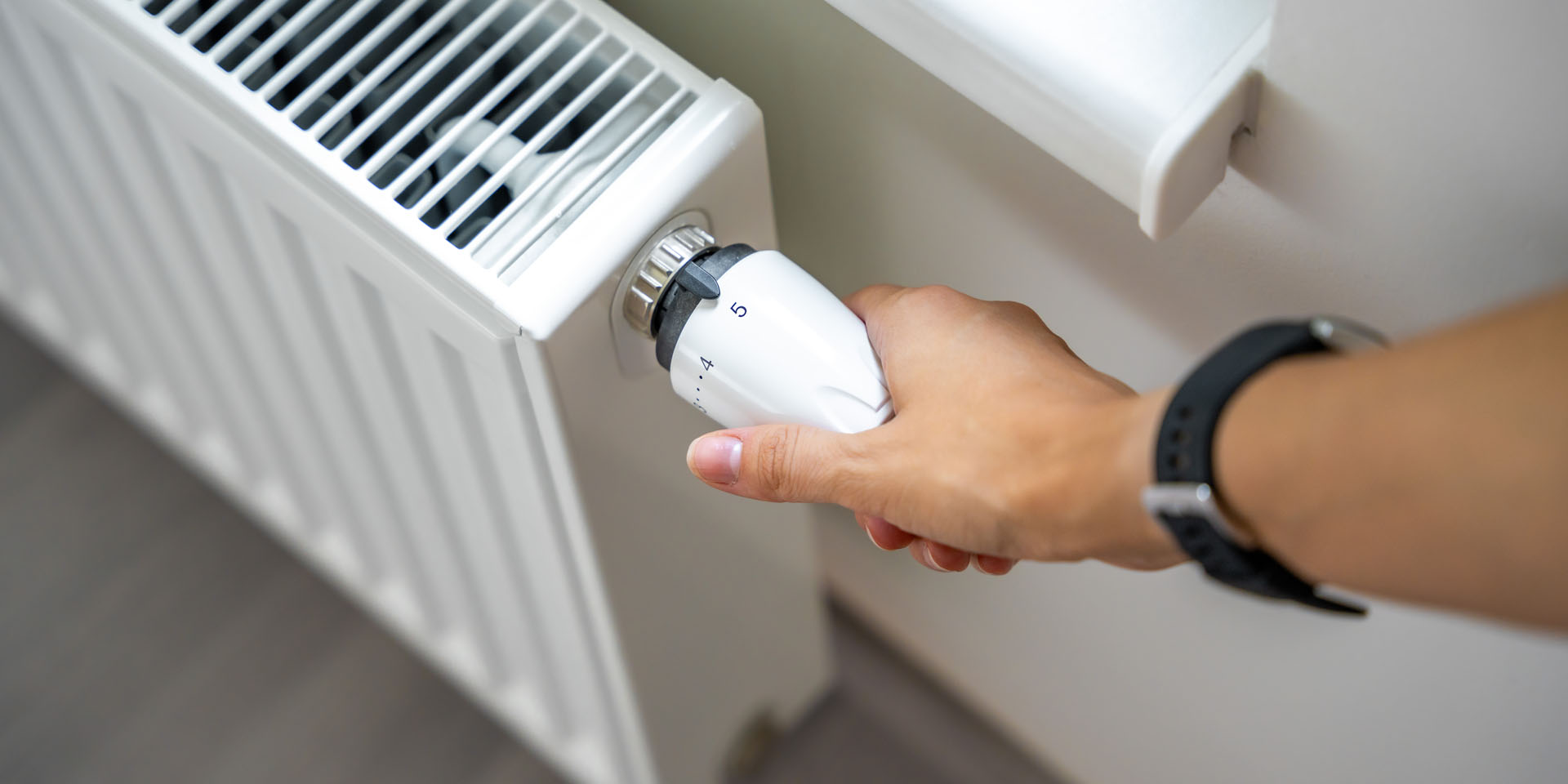Published on 9 October 2023
Why is particulate matter dangerous?
The main sources of particulate matter are car and industrial exhaust fumes. But here’s what most don’t know: The fine dust pollution indoors is often many times higher than outdoors. This is because particulate matter is concentrated in houses, flats and offices.
Some of the fine dust found indoors comes from outside. The fine, invisible particles penetrate even the smallest cracks and crevices in any building. Another part is produced in the building itself: in homes, for example, by cooking, heating, cleaning agents and material vapours (e.g. from treated wooden furniture); in offices, toner dust from the printer is added to this. In factories and workshops, a lot of fine dust is produced by abrasion and grinding work.

Learn more about particulate matter
Read article
The fatal thing about particulate matter: The finer it is, the deeper it gets into the lungs. Coarse fine dust is already trapped in the nose, which acts as a natural air filter. However, the smallest particles are so fine that they can pass through almost any filter – even our body’s own biological filters, such as the nose and bronchial tubes. This allows them to penetrate into the lungs and alveoli. They can even pass through the alveoli into the bloodstream and other organs.
The consequences can be an increased risk of lung cancer, respiratory diseases (pneumoconiosis), an increased risk of heart attack, a general weakening of the cardiovascular system and the immune system. The higher the concentration of particulate matter in the air we breathe and the longer a person is exposed to it, the greater the strain on the body.
How to reduce particulate matter in your home – click here for the free checklist:
Particulate matter checklist
Some of the fine dust found indoors comes from outside. The fine, invisible particles penetrate even the smallest cracks and crevices in any building. Another part is produced in the building itself: in homes, for example, by cooking, heating, cleaning agents and material vapours (e.g. from treated wooden furniture); in offices, toner dust from the printer is added to this. In factories and workshops, a lot of fine dust is produced by abrasion and grinding work.

Learn more about particulate matter
Particulate matter lowers life expectancy
Research by the Max Planck Institute shows that long-term exposure to particulate matter reduces life expectancy by around two years on average.Read article
The fatal thing about particulate matter: The finer it is, the deeper it gets into the lungs. Coarse fine dust is already trapped in the nose, which acts as a natural air filter. However, the smallest particles are so fine that they can pass through almost any filter – even our body’s own biological filters, such as the nose and bronchial tubes. This allows them to penetrate into the lungs and alveoli. They can even pass through the alveoli into the bloodstream and other organs.
The consequences can be an increased risk of lung cancer, respiratory diseases (pneumoconiosis), an increased risk of heart attack, a general weakening of the cardiovascular system and the immune system. The higher the concentration of particulate matter in the air we breathe and the longer a person is exposed to it, the greater the strain on the body.
How to reduce particulate matter in your home – click here for the free checklist:
Particulate matter checklist











